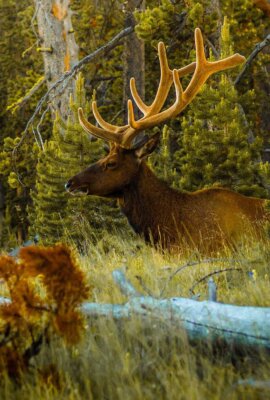Your full Wanderlust guide to
Tanzania

It’s not just the migration that’s great in Tanzania – though the wildlife (and specifically the game of the Serengeti and Ngorongoro Crater) is what draws most visitors, there’s much more to discover in this diverse East African nation.
Roam around the old streets of Stone Town and relax on the palm-fringed beaches of Zanzibar; spot birds around Lake Victoria or chimpanzees in the Mahale Mountains National Park; dive the clear waters around Mafia island; or climb Africa’s mightiest mountain, Kilimanjaro – all 5,895m of it.
And Tanzania’s north doesn’t have the monopoly on wildlife: Selous Game Reserve, south-west of Dar es Salaam, is Africa’s largest protected area, with varied habitats – plains, rivers, forests and lakes bustling with hippo, elephant, lion, buffalo, wild dog and black rhino. Add in the fascinating relics of ancient trading kingdoms at Kilwa Kisiwani and it’s clear Tanzania offers a kaleidoscope of experiences to discover.
You can’t miss

Smile and greet people with a friendly “Jambo!” to kick off any exchange. Learning a few words of Swahili will help break the ice in many situations. Try to stay relaxed and maintain a sense of humour, particularly when dealing with transport – punctuality isn’t as important here as it might be in your home country!
Wanderlust recommends
Follow the huge herds of Katavi National Park
Discover Tanzania’s Indian Ocean-side national park – Saadani – and it’s largest reserve, Selous
Visit Tanzania on an overland expedition through East Africa
Climb Africa’s highest mountain – take the trek up Kilimanjaro
Walk with the Maasai over the plains of northern Tanzania
Stroll the spice island of Zanzibar
Follow the wildebeest as the set out on the Great Migration across the Serengeti
When to go to Tanzania
Tanzania is a relatively safe country, especially compared with some neighbours. but keeping belongings out of sight and staying alert in large towns are wise precautions.
Winter (June-September) is the coolest period, when many hotels and lodges are very busy, particularly July and August. The main rainy season (March-May) isn’t necessarily a bad time to visit, though some outlying roads may become impassable.
The Great Migration across the Serengeti is actually a fairly continuous rotation, but the most dramatic river crossings usually happen in June or July – though they’re not predictable.
International airports
Julius Nyerere International Airport (DAR) is about 12km south-west of Dar es Salaam. Kilimanjaro International Airport (JRO) is about 40km east of Arusha.
Getting around Tanzania
Domestic flights link Dar es Salaam with Kilimanjaro and a number of other airports; small airlines serve game parks, small towns and Zanzibar. Ferries traverse the larger lakes and serve Zanzibar and Pemba from Dar es Salaam.
Buses, which vary enormously in levels of comfort, roadworthiness and overcrowding, serve most parts of Tanzania. Minibuses and dalla-dallas (even smaller buses) tend to run along shorter local routes and are even more packed.
The limited train service – Tazara line south-west from Dar es Salaam to the Zambian order, and the Central line north-west via Dodoma to Mwanza or Kigoma – is slow and unreliable. Driving in Tanzania is for the stout-hearted only.
Tanzania accommodation
Camping in Tanzania can mean anything from basic clearings in national parks to luxurious tented lodges costing upwards of £100 per night. Similarly, guesthouses and hotels range from budget flophouses to top-end resorts.
In essence, you tend to get what you pay for, though some mid-range hotels offer good value. Avoid guesthouses with bars unless you plan to be up all night yourself.
Tanzania food & drink
Tanzania isn’t generally known for its haute cuisine. Meals revolve around ugali (thick maize meal mash), with a sauce containing meat, fish and/or vegetables. Nyama choma (grilled meat) and mishikaki (kebabs) are also popular. Fresh fish is good on the coast and near lakes, and rice is widely eaten, sometimes with plantain.
Kilimanjaro and Safari beers are palatable when cold.
Health & safety in Tanzania
Check the NHS Fit for travel site and consult your GP or a travel health clinic for advice on which vaccinations you should have before visiting Thailand. You should use insect repellent to ward off the mosquitos and take sensible precautions to prevent other bites and stings.















